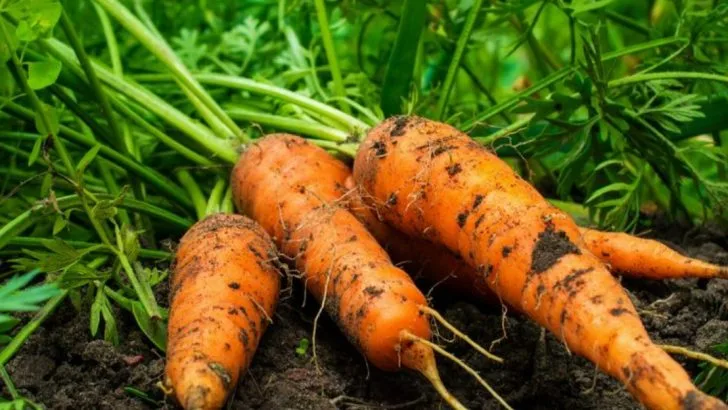When the wallet’s thin, your garden can be your lifeline. Feeding a family doesn’t have to mean breaking the bank or making endless trips to the store. Imagine plucking fresh veggies and herbs straight from your backyard—no stress, no chaos, just pure, homegrown goodness. These 25 easy-to-grow plants are like superheroes disguised as greens, ready to fill your table and your belly without emptying your pockets. Forget fancy farming skills—these plants want to grow for you, not against you. Get ready to turn dirt into dinner and prove that even tight budgets can bloom with abundance!
Tomatoes
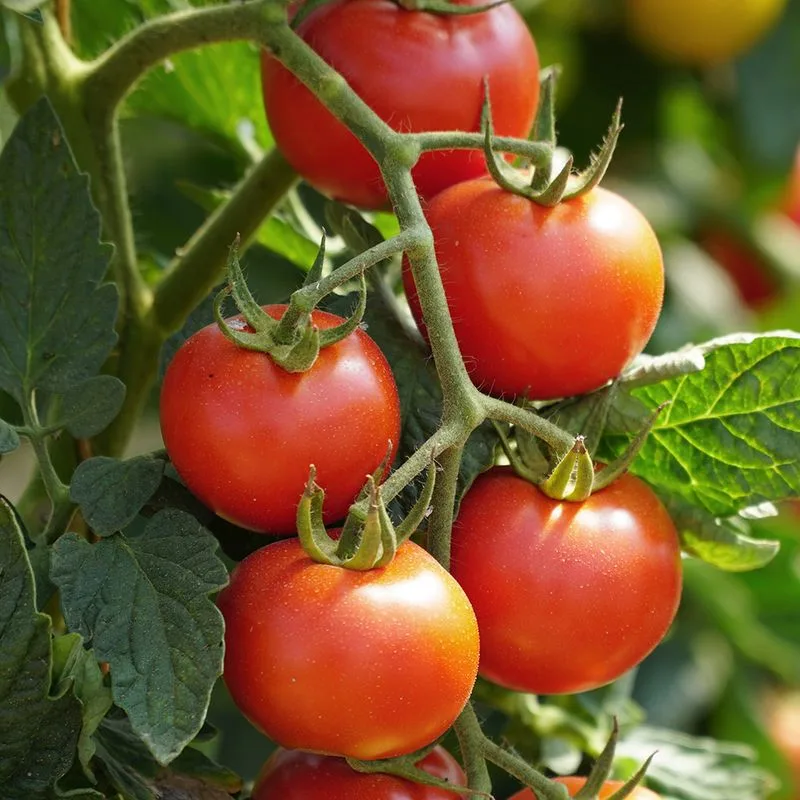
Tomatoes are the stars of the home garden, loved for their versatility. Imagine stepping into your backyard to pick a handful of juicy tomatoes, perfect for sauces or salads. With sunlight, water, and occasional support, these plants flourish.
Easy to grow in containers or ground, they are ideal for beginners. Tomatoes thrive under the sun, needing six to eight hours daily. Their rich flavor varies from sweet to tangy, making them a kitchen staple.
Fun fact: Tomatoes were once thought to be poisonous. Now, they’re a beloved addition to meals worldwide.
Carrots
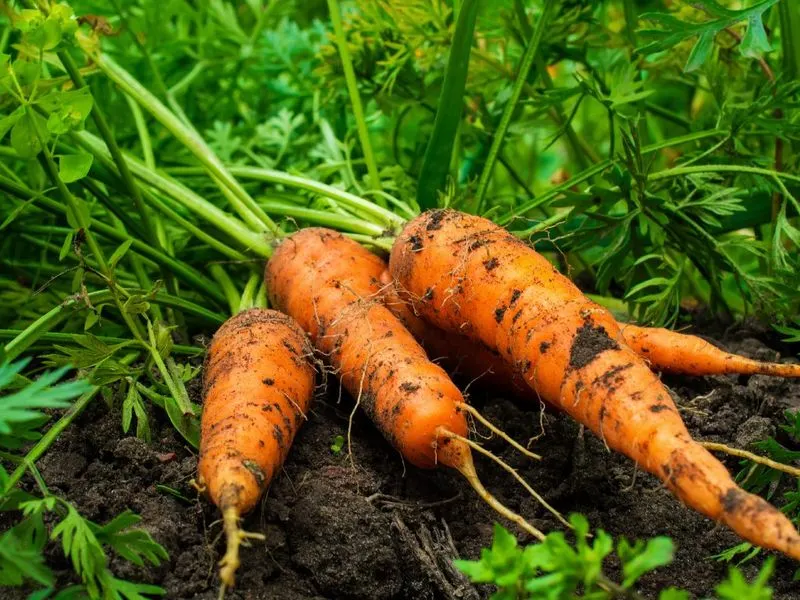
Carrots are a crunchy delight, offering sweetness and nutrition. Planted as seeds, they sprout eagerly in loose, sandy soil. Picture bright orange roots emerging as you pull them from the earth.
These versatile veggies are perfect for snacking or adding to stews. Carrots prefer cooler weather, making them great for spring or fall planting. With minimal care, they provide a bountiful harvest.
Did you know? Carrot origins trace back to Persia, where they were initially grown for their leaves and seeds, not roots.
Lettuce
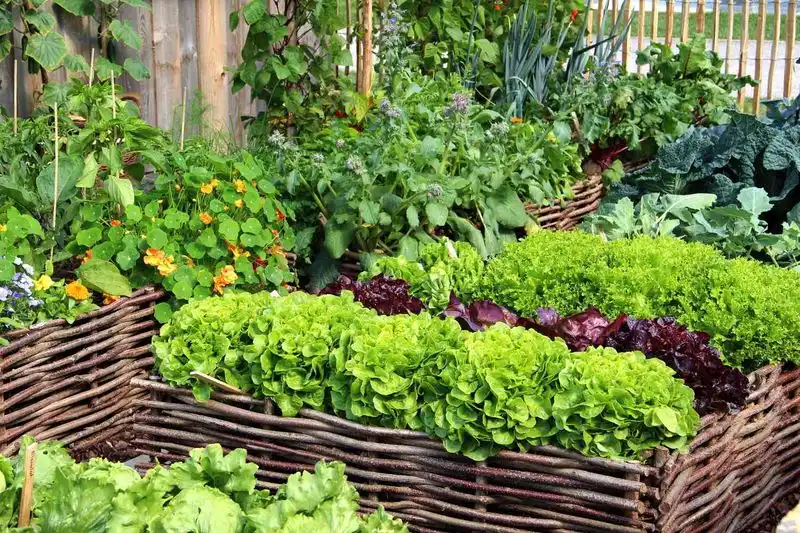
Lettuce is a garden staple, celebrated for its crisp texture. It’s simple to grow, needing only light and water. Visualize lush heads of leafy greens ready to be plucked for your next salad.
Grown in cool weather, lettuce can be harvested multiple times. From romaine to butterhead, each variety offers unique flavors and textures. They adapt well to containers, saving space.
Interesting fact: Ancient Egyptians considered lettuce an aphrodisiac. Today, it’s a healthy, refreshing addition to any meal.
Zucchini
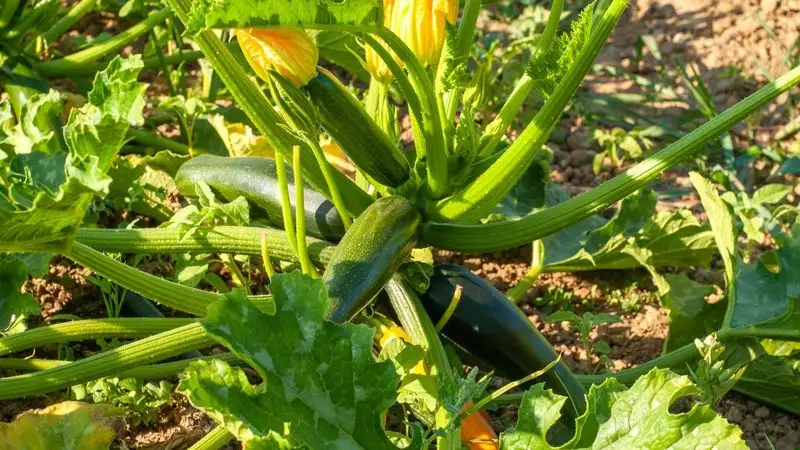
Zucchini is a gardener’s delight, known for its abundant yield. Envision picking a zucchini, its smooth skin glistening in the sun. This veggie requires little more than soil, water, and sunlight.
They grow quickly, often producing more than enough for a family, making them perfect for sharing. Zucchini plants prefer warmer temperatures and plenty of space to spread.
Quirky fact: Zucchini flowers are edible and can be stuffed or fried for a tasty treat.
Beans
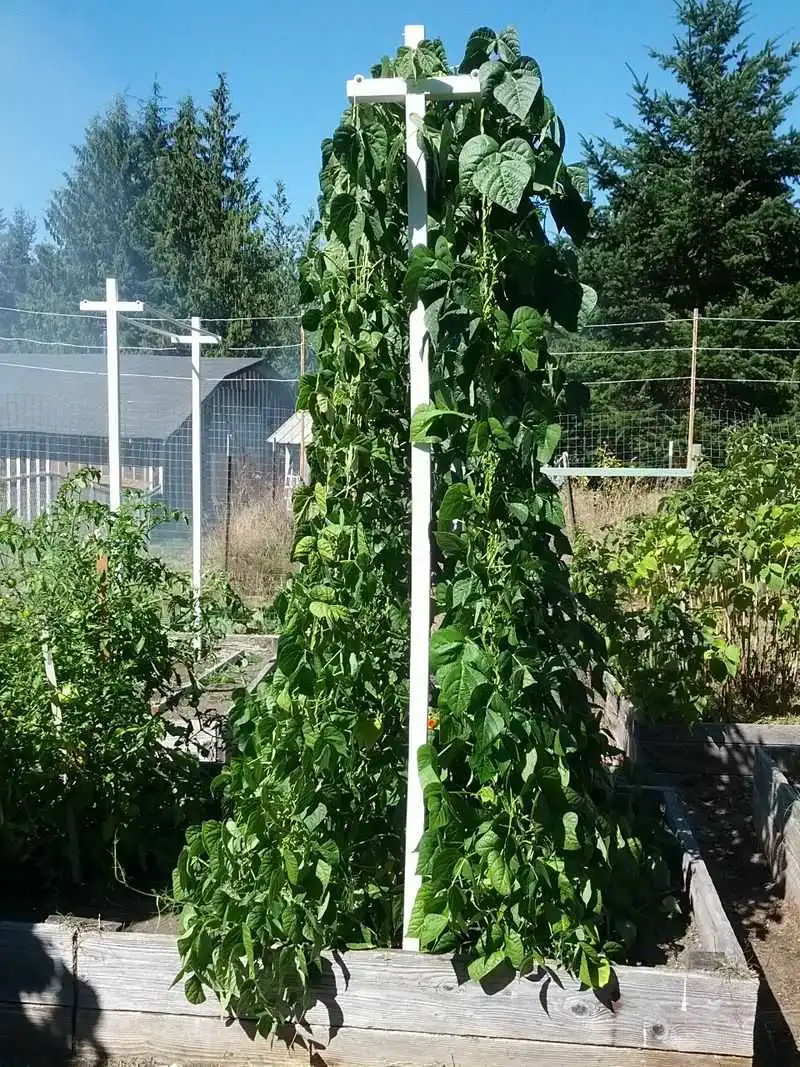
Beans are versatile and protein-rich, a must-have in any garden. Imagine rows of bean plants, their pods dangling like ornaments, ready to be picked.
They are easy to nurture, thriving in sunlight and well-drained soil. Pole beans climb, saving space, while bush varieties spread. Whether green, purple, or yellow, beans are nutritious and delicious.
Historical tidbit: Beans were among the first crops cultivated by humans. They’ve sustained civilizations for centuries with their hearty nourishment.
Spinach

Spinach is a powerhouse of nutrition, simple to grow in limited spaces. Picture tender leaves that are both versatile and tasty, ready to boost any meal with vitamins.
This leafy green thrives in cooler climates, making it ideal for spring and fall. It’s low maintenance and can be harvested continually as it grows.
Fun fact: Spinach became famous thanks to Popeye, who promoted its strength-giving properties. It’s a staple for health enthusiasts today.
Peppers
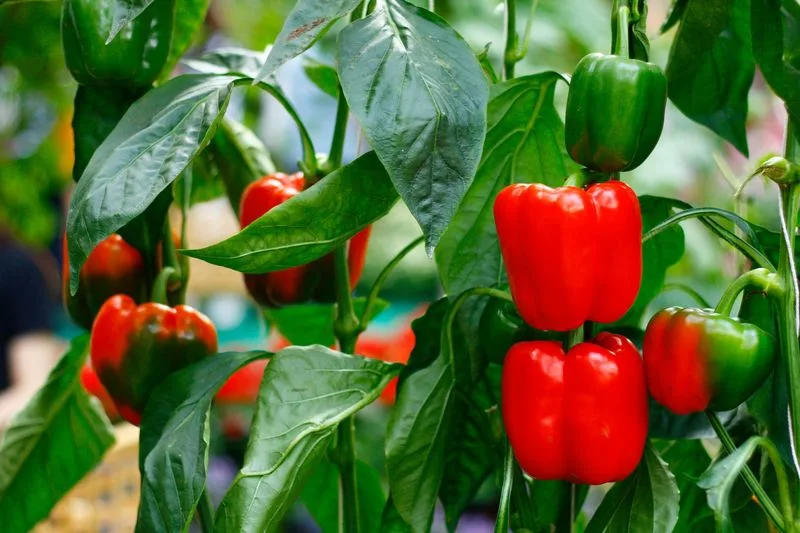
Peppers add a splash of color and spice to gardens. Imagine a plant laden with vibrant red, yellow, and green peppers, each with its unique flavor profile.
They thrive in warm weather, needing sunlight and regular watering. Whether sweet bell peppers or hot varieties, they enhance culinary dishes.
Did you know? Peppers are fruits, not vegetables, botanically speaking. Their versatility makes them a favorite worldwide.
Cucumbers

Cucumbers are a refreshing addition to the garden, loved for their crisp texture. Picture slender cucumbers peeking from beneath lush foliage, ready to be sliced.
They require warm weather and a support system to climb. Easy to grow, they produce plentifully with minimal care. Perfect for salads or pickles, cucumbers offer hydration and nutrients.
Quirky fact: Cucumbers were first cultivated in India over 3,000 years ago. They continue to be a refreshing staple in many cuisines.
Radishes
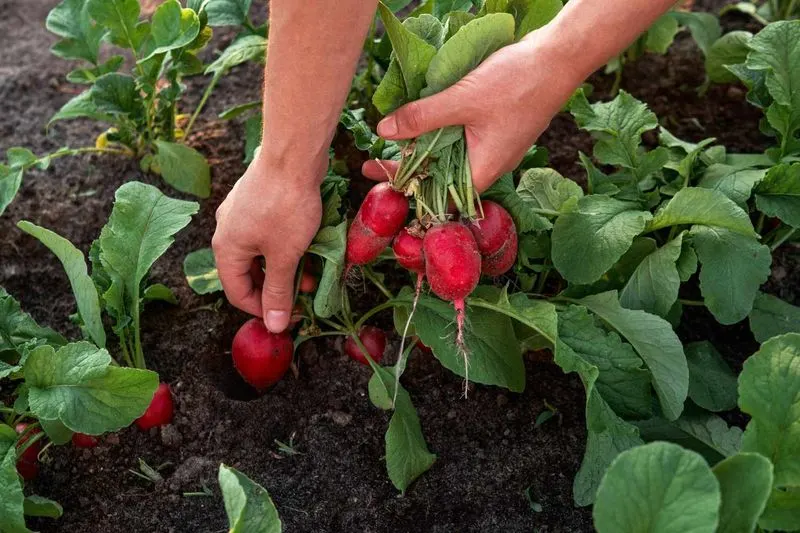
Radishes bring a zesty crunch to any dish, easily grown from seed. Imagine pulling vibrant red bulbs from the soil, each offering a peppery bite.
They thrive in cool weather, maturing quickly. Ideal for beginner gardeners, radishes require little space and care. They add flavor and color to salads and sides.
Did you know? The ancient Egyptians believed radishes were a vital crop, even using them as currency for workers building the pyramids.
Kale

Kale is the superstar of leafy greens, renowned for its robust flavor and nutritional benefits. Picture dark green leaves, curly and thick, standing resilient in your garden.
This hardy plant withstands cold, making it perfect for extended harvests. It’s versatile in the kitchen, suitable for salads, soups, and smoothies.
Fun fact: Kale was a staple in ancient Rome. Its resilience and health benefits have made it popular again today.
Potatoes
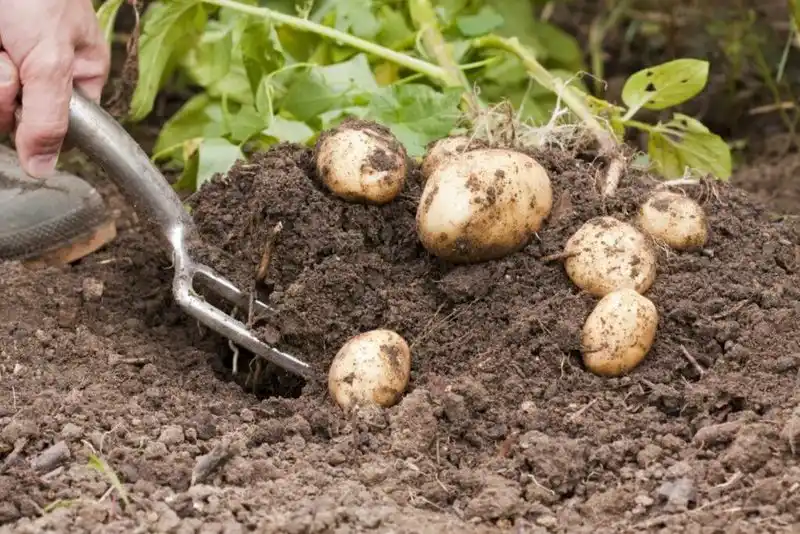
Potatoes are a family favorite, offering comfort and versatility. Visualize digging into the soil to find hidden treasures of plump potatoes.
They are easy to grow in loose, fertile soil, providing a substantial harvest. Potatoes prefer cooler temperatures, making them suitable for spring and fall planting.
Historical nugget: Potatoes were first domesticated in Peru. They’ve become a global staple, beloved in many forms, from fries to mashed.
Swiss Chard

Swiss chard is a visual delight, bringing color to any garden. Imagine bright stalks of red, yellow, and green, adding beauty and nutrition to your meals.
It thrives in various climates, providing continuous harvests. This leafy green is versatile, enjoyed raw or cooked. It’s a nutritious addition to any diet.
Did you know? Swiss chard is not from Switzerland. Its name comes from Swiss botanists who first classified it.
Beets

Beets offer sweetness and earthy flavors, easy to grow from seed. Picture rich purple roots emerging from the soil, ready to be transformed into delicious dishes.
These hardy plants prefer cooler weather, thriving in loose, fertile soil. They provide dual benefits—the roots and leafy greens are both edible.
Quirky fact: Beets were used as an aphrodisiac in ancient Rome. Today, they’re cherished for their health benefits and vibrant color.
Garlic
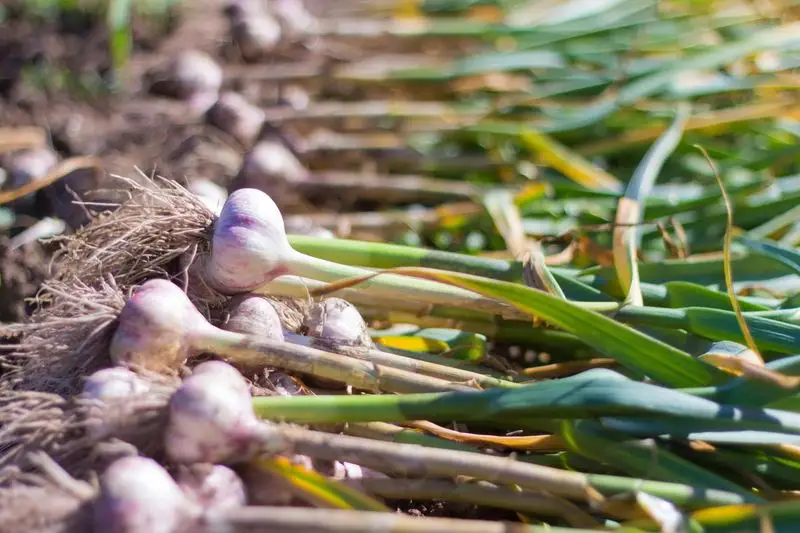
Garlic is a culinary staple, cherished for its pungent flavor. Imagine breaking open a garlic bulb, the aroma filling the air as you prepare a meal.
Plant garlic in the fall for a summer harvest. It’s low-maintenance, thriving in a range of soils. Each clove grows into a new bulb, ensuring an abundant supply.
Did you know? Garlic has been used for thousands of years for both its culinary and medicinal properties, believed to ward off evil spirits.
Onions
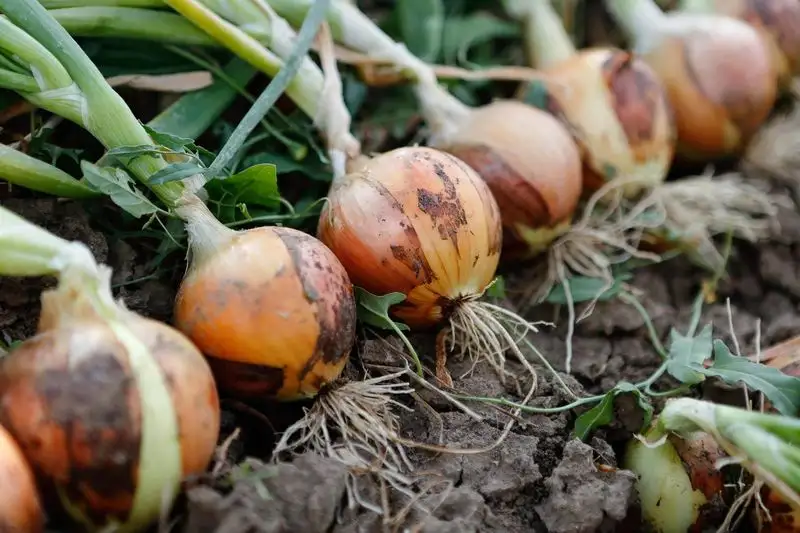
Onions are indispensable in kitchens, adding flavor to countless dishes. Envision pulling a bulb from the earth, its layers promising to enhance your cooking.
They are easy to cultivate, thriving in various conditions. Onions prefer sunny spots and well-drained soil, maturing over several months.
Historical tidbit: Onions were revered in ancient Egypt, symbolizing eternity due to their layers. They remain a staple worldwide.
Peas
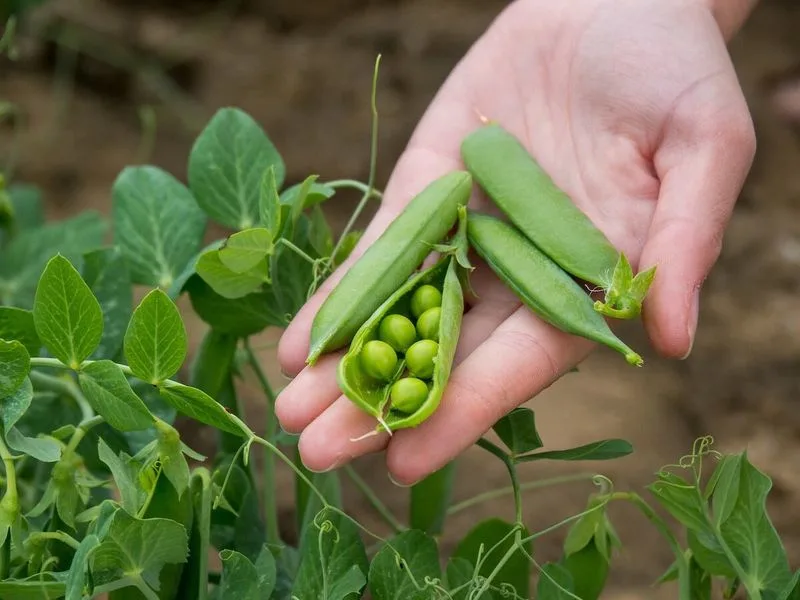
Peas are a sweet delight, fresh from the garden. Picture green pods bursting with peas, plucked right from the vine for a snack.
These plants prefer cooler temperatures and support for climbing. They’re easy to grow and offer a generous harvest.
Did you know? Peas were found in ancient Egyptian tombs, proving their long-standing value as a food source. They’re still beloved for their taste and nutrition today.
Cabbage
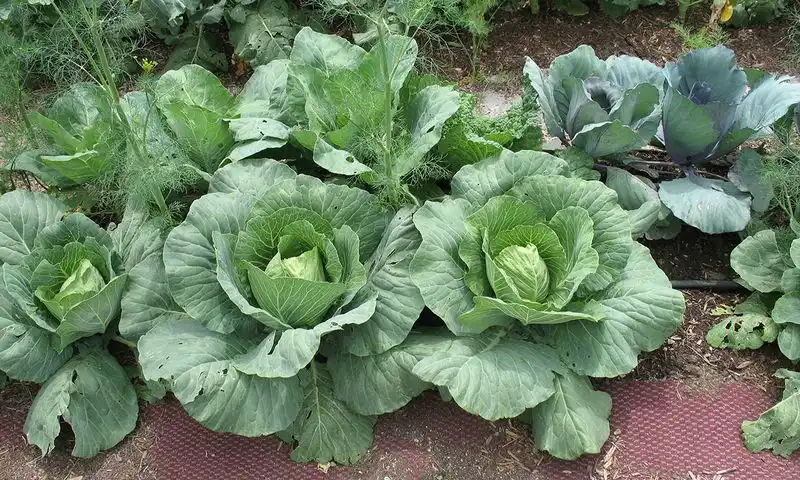
Cabbage is a versatile veggie, known for its hearty texture. Picture harvesting a firm head of cabbage, its leaves tightly wound and ready for coleslaw or soups.
Growing best in cool weather, cabbage is resilient and provides a substantial yield. It’s simple to care for, thriving in fertile soil.
Fun fact: Cabbage was a favorite of ancient Greek and Roman civilizations, used both as food and medicine.
Broccoli

Broccoli is a nutrition powerhouse, simple to grow with dedication. Imagine cutting a fresh head of broccoli, its florets vibrant and green.
This vegetable thrives in cooler temperatures, offering a continuous harvest. It’s packed with vitamins, making it a healthful addition to meals.
Did you know? Broccoli was developed from wild cabbage, cultivated for its large flowering head. It’s now a staple in healthy diets worldwide.
Cauliflower
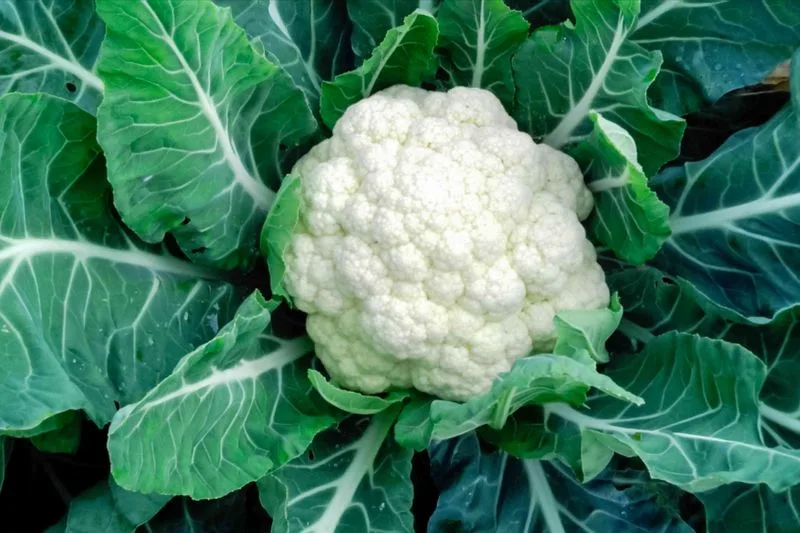
Cauliflower is celebrated for its versatility and mild flavor. Envision a white head of cauliflower, its florets ready to be roasted or riced.
This plant prefers cool climates and rich soil, requiring patience to reach maturity. Once harvested, it offers a multitude of culinary uses.
Fun fact: Cauliflower has gained popularity as a low-carb alternative to grains, used in pizzas and rice dishes.
Turnips
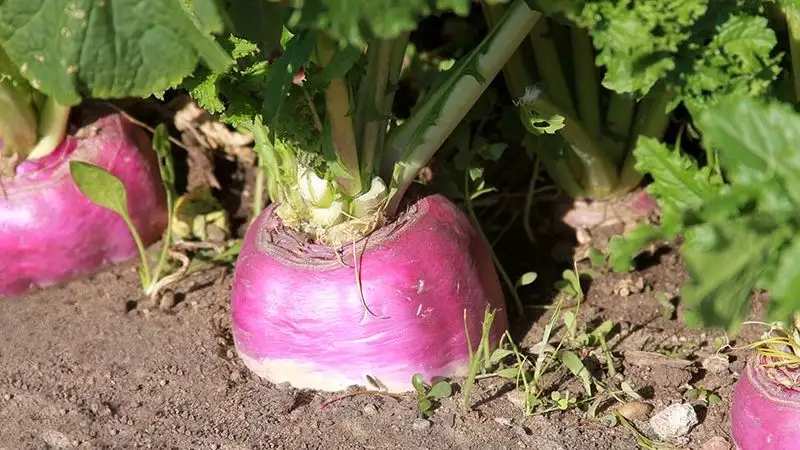
Turnips are a dual-purpose crop, offering roots and greens. Picture pulling a turnip from the ground, its purple and white skin promising earthy sweetness.
Turnips thrive in cool weather, growing rapidly in well-drained soil. They’re a staple in many cuisines, providing nourishment and flavor.
Did you know? In ancient times, turnips were used as lanterns during festivals. Today, they brighten up many dishes worldwide.
Celery
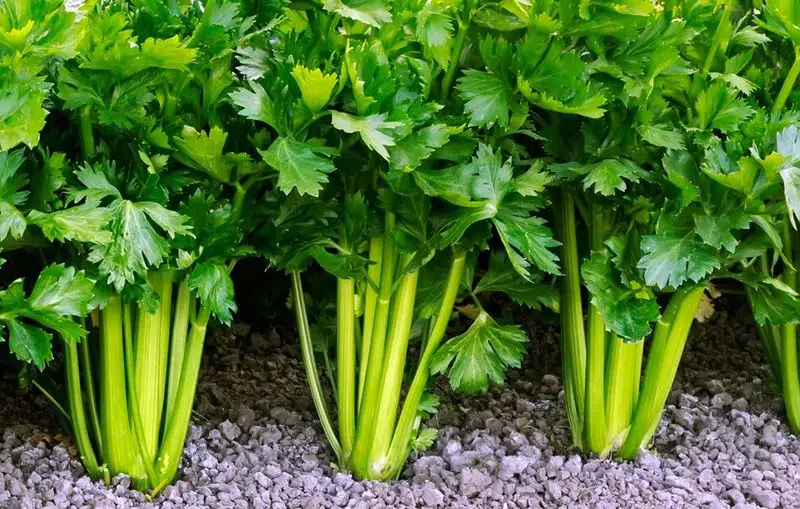
Celery is a crunchy, refreshing addition to any meal. Picture crisp, green stalks reaching for the sky, each bite a burst of hydration.
Celery thrives in cooler weather, needing consistent moisture for best growth. It’s a versatile ingredient, perfect for snacking or cooking.
Fun fact: Celery was used as a medicinal plant in ancient times. Its low-calorie content makes it a favorite for health-conscious eaters today.
Eggplant

Eggplant is a culinary jewel, known for its rich texture. Imagine a glossy purple eggplant, its skin reflecting the sun as it hangs from the plant.
This warm-weather crop flourishes with sunlight and care. Its versatility in dishes—from grilling to baking—makes it a kitchen favorite.
Quirky fact: Eggplant is botanically a berry. Its unique taste and texture are embraced in cuisines worldwide.
Brussels Sprouts
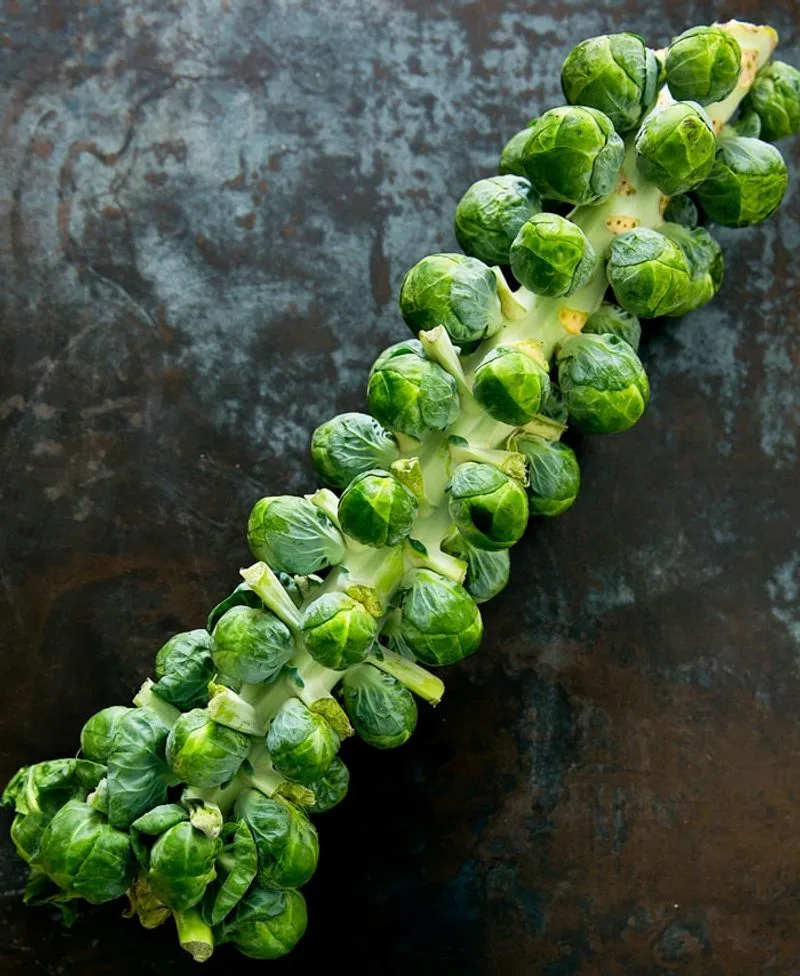
Brussels sprouts are miniature cabbages, packed with flavor. Visualize a stalk dotted with sprouts, each one promising a nutty, sweet taste.
They thrive in cool climates, offering a long growing season. Brussels sprouts are nutritious, often roasted to perfection.
Did you know? Brussels sprouts belong to the same family as broccoli and cabbage, cultivated for centuries in Europe.
Parsnips

Parsnips are the unsung heroes of root vegetables, offering sweetness and depth. Imagine creamy roots dug from the earth, ready to be roasted or mashed.
They require a long growing season, thriving in cool weather. Parsnips are easy to care for, providing a rich harvest.
Fun fact: Parsnips were once used as a sweetener before sugar became common. Their unique flavor enhances many winter dishes.
Bok Choy

Bok Choy, often called “Chinese cabbage,” is a resilient plant that thrives in cool weather. With its crisp texture and mild flavor, it’s a versatile addition to many dishes. Bok Choy requires minimal care, making it perfect for novice gardeners.
Plant seeds in early spring or late summer for the best yields. The plant matures quickly, allowing for multiple harvests throughout the growing season.
A fun fact: Bok Choy is packed with vitamins A and C, contributing to a healthy diet. This leafy green is both delicious and nutritious, making it a garden favorite.

